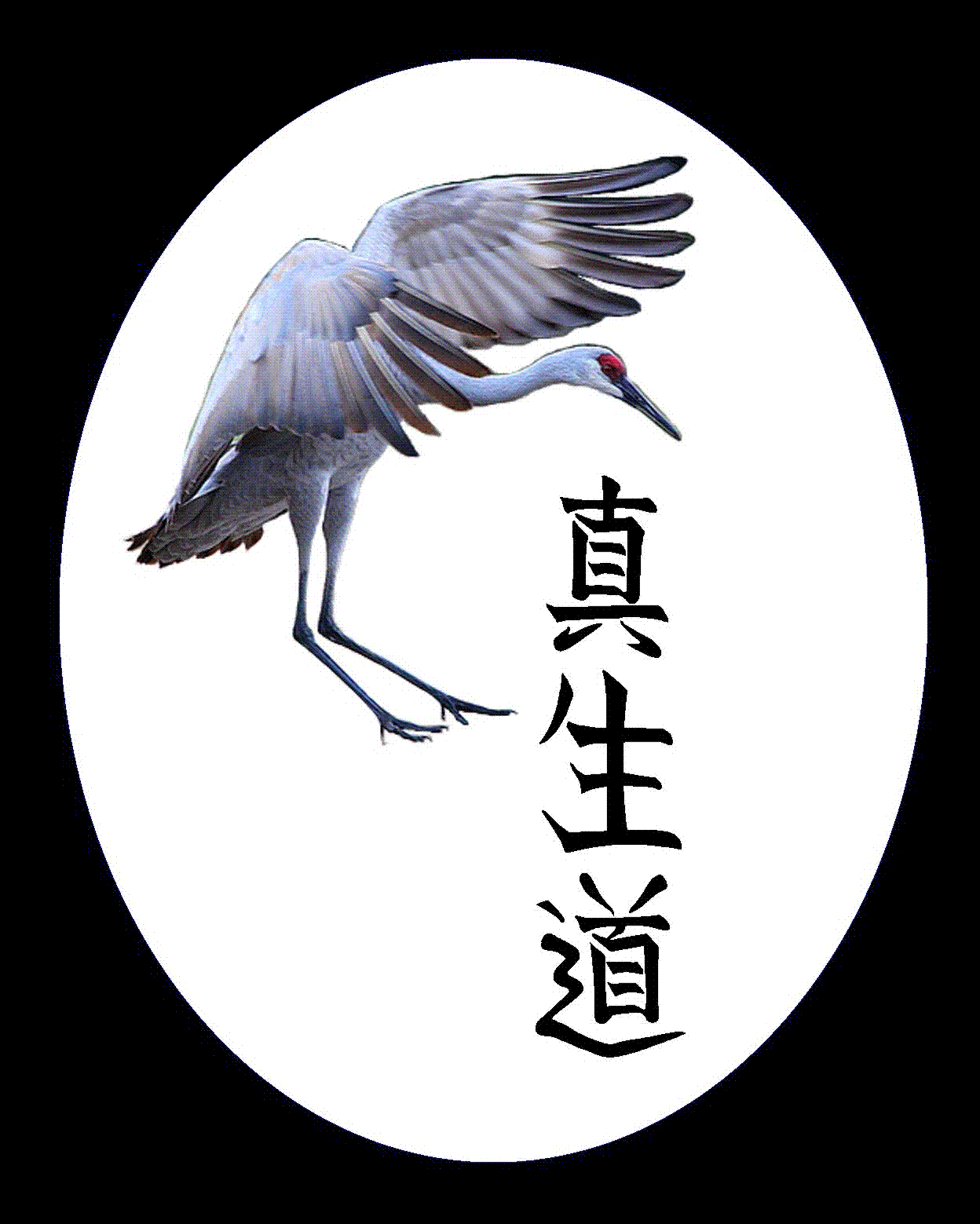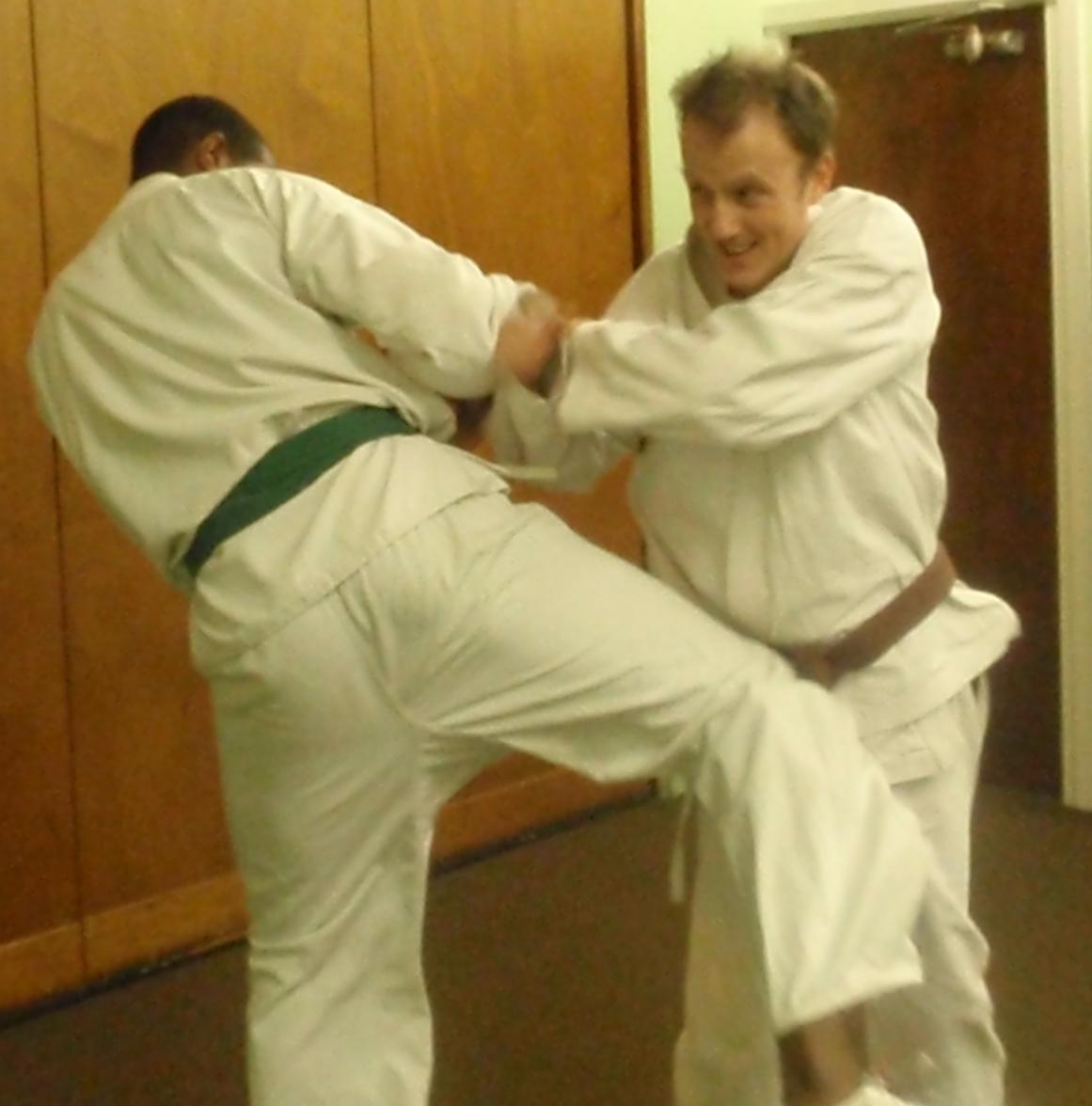
![]()
![]()

Headingley Karate
|
|
|
Trained in Other Martial Arts?
Build on what you've already learnt
Whenever you take up a new martial art you'll find it has some things in common with what you've already studied and some things that are quite different. Whatever art you've previously studied you'll no doubt find the same with Shinseido. However, its not our intent to transform you into a stereotypical Shinseido practitioner, with no remaining hint of what you previously studied. Instead of stripping away what you've already learnt, we'd rather build on it.

A round kick impacting with the knee
|
We may wish to modify how you throw your standard round kick but, if so, this will be for clear and concrete practical reasons rather than stylistic dogma. The most likely change is to go from a high kick to a low kick, in accordance with one of the core Shinseido principles.
Pre-Fight Body Language
Martial arts sparring generally begins with 2 students stood an agreed distance apart then commencing on a pre-arranged signal. This does little to prepare you for self-defence. To do that you need to learn and practice the body language skills that enable you to take control of a confrontation before it even becomes physical. In Shinseido we study (and rehearse for) exactly this phase of the confrontation. The skills developed enable students - first and foremost - to resolve confrontation without the need for violence. But the same skills also give students an important advantage at the moment things do become physical.
To a degree these skills are independent of whatever martial techniques you use. So they may well work in conjunction with the martial skills you already possess. However, its fair to say that good body language skills most naturally give way to close-in 'sticking' techniques when push comes to shove.
No need to give up your current art
In Shinseido we encourage students to train in other arts (with a cautionary note about spreading yourself too thin). Ultimately students will only benefit from experience in other arts. Likewise with students from other arts who come to train in Shinseido. Although it may mean a lot of hard work, you'll probably benefit from keeping up both arts.
Hone your self-defence skills
Shinseido training is geared purely towards self-defence. There is no sporting component to our training at all. Any martial training that you've done for sport will have developed some good habits (from a self-defence perspective) but also some bad habits. How much good or bad depends on the art and how you practice it. Shinseido training can address some of those bad habits and help you to remove them, leaving the good habits to 'work their magic' when the need arises.
How to get involved
To start training just come along to watch or take part in a class. Click here for details of your FREE trial lesson.Alternatively, if you have any questions about Shinseido training just email the instructor or call 07939 506340.